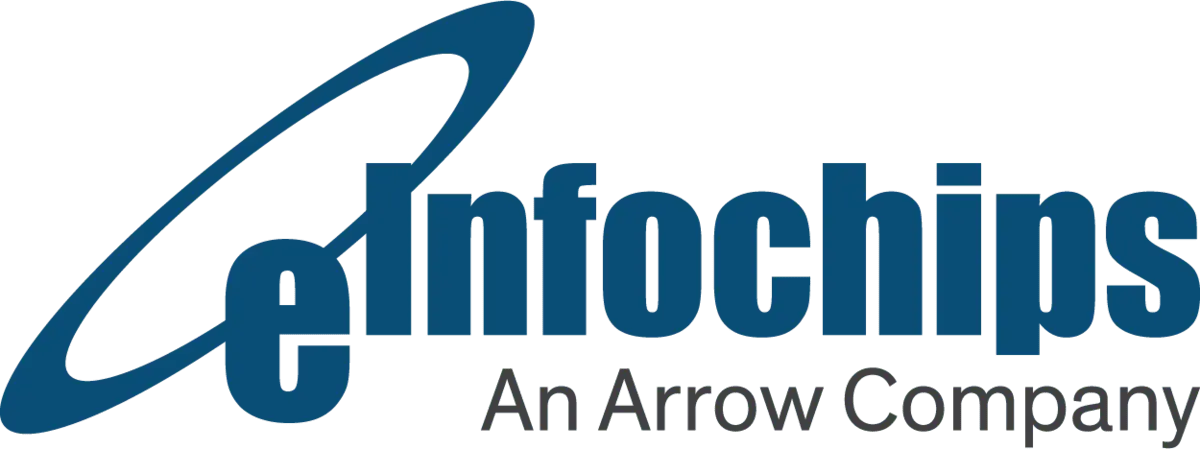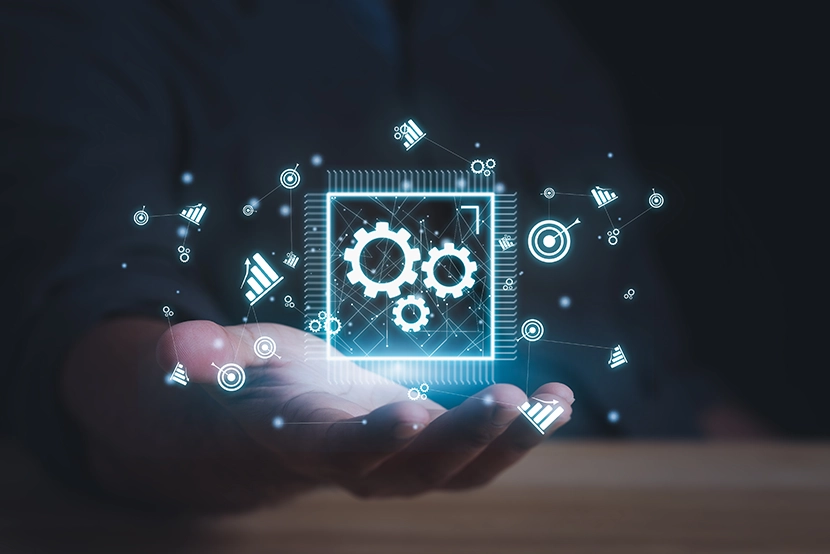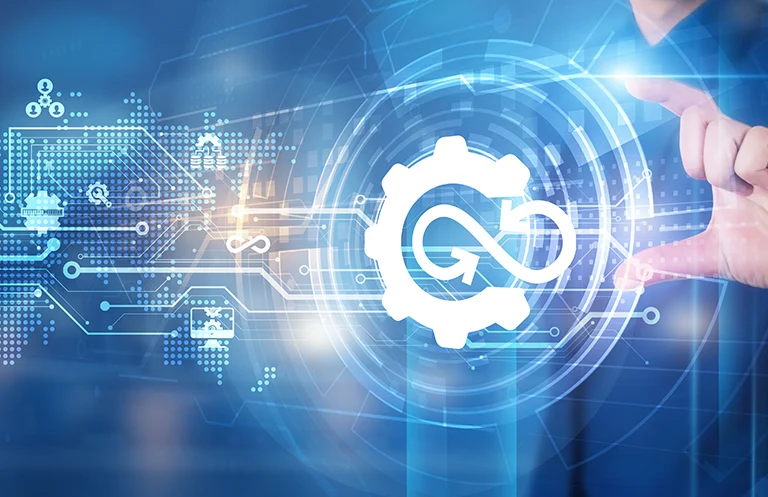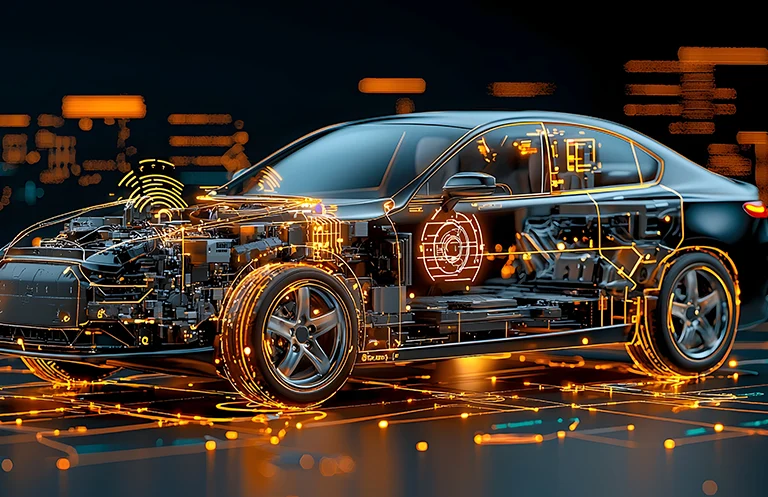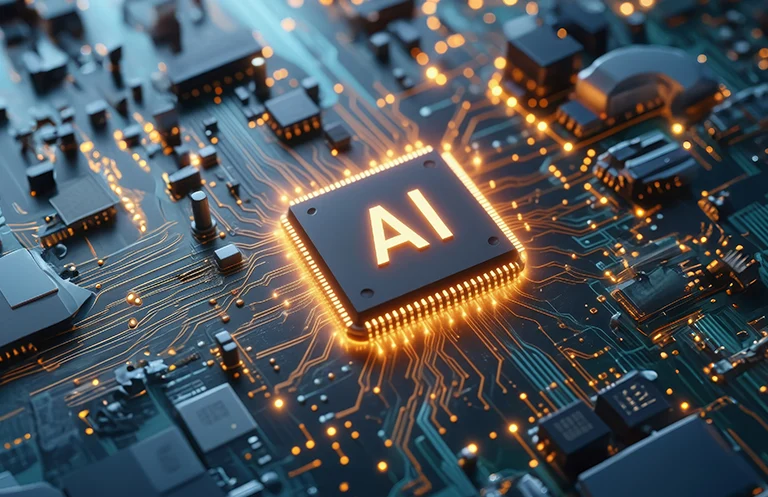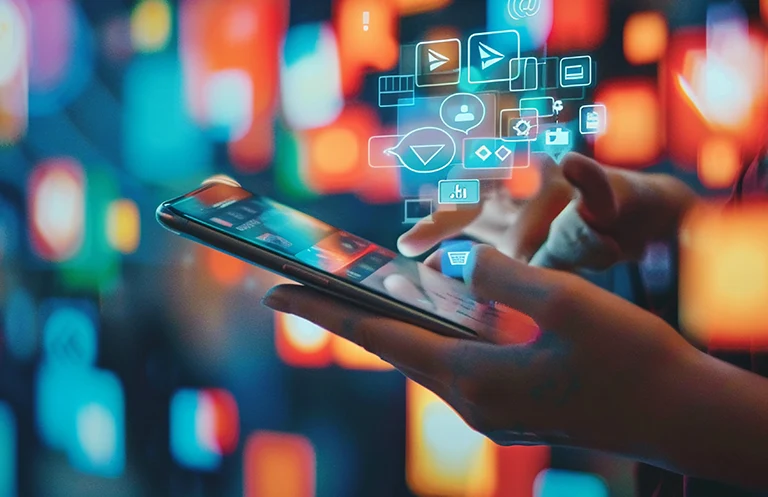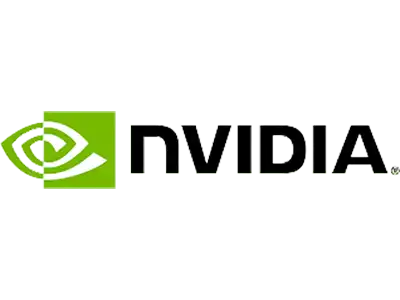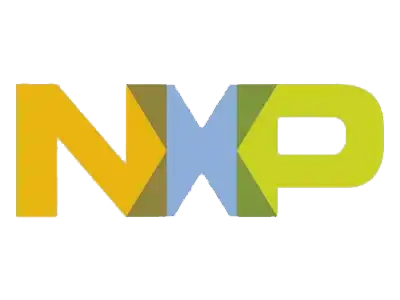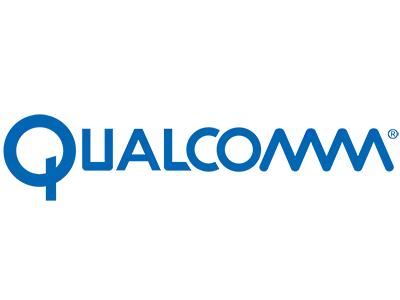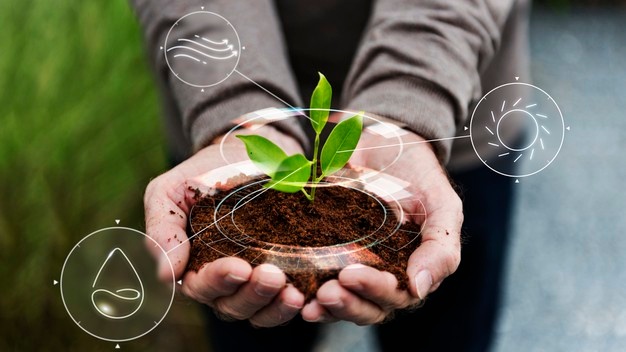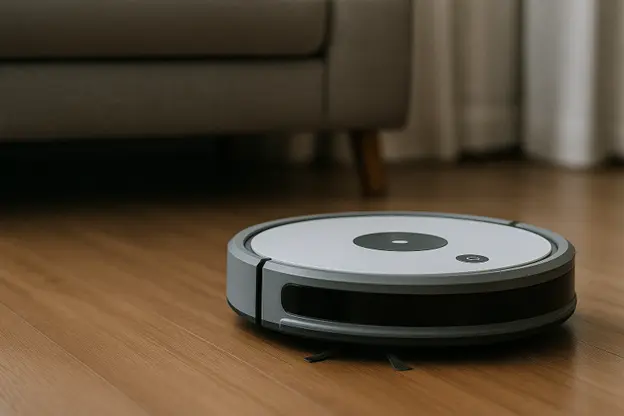
Remember when robotic cleaners just bumped into things? Those days are over. The future is cleaner, smarter, and way more connected.
What Is Robotic Cleaning Technology and Where Is It Headed?
The robotic cleaning industry has changed a lot over the past decade. What was once known just as a cool device can now be seen in many households and businesses. But, this is only the first step. Robotic cleaning technology is preparing for even greater advancements, thanks to rapid progress in Artificial Intelligence (AI), sensors, intelligent features, and eco-friendly design. Whether in homes or commercial spaces, the demand for the best cleaning robots is driving innovation and raising the bar for performance, efficiency, and smart integration.
In this blog, we will explore where things are headed and the exciting new technologies being developed to make cleaning smarter, easier, and more efficient in the future.
Why Robotic Cleaning is Evolving Faster Than Ever
1. Smarter Navigation and Object Recognition
The older models of robotic cleaners navigated randomly, occasionally leading to missed areas or unnecessary repetitions in the same area. With great progress being made in AI vision systems and LiDAR mapping technologies, now robots can comprehend each room’s arrangement, detect obstacles, and change their cleaning paths in real-time. This shift in robot cleaning capabilities enables a more personalized and efficient cleaning experience, minimizing effort while maximizing results.
Future developments suggest even greater autonomy. We can expect robots that can:
- Actively detect fragile items like glassware or charging cables and avoid those items while cleaning.
- Keep learning from the past cleaning runs to optimize its cleaning route.
- Work with other smart home devices like telling Alexa to turn the fan back on once mopping is done.
2. Multi-Functionality: Beyond Just Vacuuming
Why settle for just one function? Robotic cleaners are evolving into multi-functional machines that combine vacuuming, mopping, air purification, UV sterilization, and even scent dispersion. For homeowners with wood surfaces, selecting the best robotic vacuum for hardwood floors is now easier than ever—thanks to advanced sensors that adjust suction and water levels based on floor type, preventing scratches or water damage.
In the near future, robots that clean won’t just remove dust—they’ll purify the air, sterilize surfaces, and refresh rooms with customizable scents, turning them into all-in-one hygiene solutions.
UV sterilization uses ultraviolet light to kill bacteria, viruses, and other harmful microorganisms on surfaces. Meanwhile, scent dispersion systems gently release pleasant fragrances into the air as the robot cleans, helping to freshen up the space without the need for separate air fresheners or sprays.
Emerging R&D is more focused on:
- Enhanced AI-powered vision to recognize not just fixed items like furniture but also moving entities like humans or pets to adjust its route instantly without bumping into anything.
- Self-cleaning mop pads that sterilize between uses.
- Robots with adjustable designs that allow you to easily swap between different cleaning attachments like vacuum head, mop attachments, or UV light, depending on the type of cleaning you need. Reference
3. Eco-friendly and Sustainable Design
With environmental awareness continuing to rise, robotic cleaning technology is also evolving with sustainability in mind. Manufacturers and researchers are increasingly prioritizing designs that deliver powerful cleaning while reducing environmental impact. Modern innovations in the best robotic vacuum for hardwood floors now include intelligent water-dispense systems that release the exact amount of moisture needed, preserving delicate flooring while maintaining superior cleanliness. Research teams and companies are actively exploring innovations such as:
- Energy-efficient systems with low-power motors and smarter route planning algorithms to keep minimal energy usage while providing uncompromised cleaning performance. Some robots now clean more efficiently by covering rooms in fewer passes and shutting down non-essential functions when idle.
- Intelligent water dispense systems designed in such a way that can release just the precise amount of water depending on the floor type and level of dirt.
- Recyclable or biodegradable components.
In addition to this, many companies are also moving toward closed-loop systems, where dirty water is filtered, sterilized using UV light, and reused in a controlled manner. This significantly cuts down on water waste that makes robotic mopping more sustainable, especially in areas facing water shortages.
4. Smart Connectivity and Proactive Maintenance
With the fast progress of IoT, robotic cleaners are transitioning from being mere standalone devices to fully connected systems. They are evolving to become smart and integrated members of your home.
They are always on, always adapting, and getting better with every run.
Devices can now:
- Monitor their own health and predict component failures like motor strain, brush wear, battery degradation, and airflow resistance. If something is off, the bot can alert you.
- Prompt when filters, brushes, or mop pads are nearing the end of their lifespan, to reorder—or in some cases, auto-order from linked stores (like Amazon or manufacturer portals).
- Send cleaning reports and suggest optimal cleaning times based on your habits.
R&D is pushing for real-time data syncing and cloud-based AI systems that constantly optimize cleaning strategies. With real-time integration into smart home ecosystems, bots will soon be able to pause cleaning if a meeting is in progress (through calendar sync) or delay a cleaning run if motion is detected in the room. For better navigation, the robot may even choose to coordinate with your smart home assistant to automatically open curtains or adjust room lighting.
How eInfochips Is Driving Innovation in Robotic Cleaning
As robotic cleaning technology and the broader robotics domain evolve, turning futuristic concepts into everyday realities requires deep engineering expertise and robust partnerships. eInfochips, an Arrow company, is at the forefront of this transformation, enabling smarter, safer, and more sustainable robotic solutions. By combining sensor intelligence, motion planning, and cloud connectivity, eInfochips supports the development of smarter robots that clean, adapt, and operate with minimal human intervention. Here’s a quick look at how:
- Hardware Design: Developing robust PCB (Printed Circuit Board) design, sensor integration with low-power architecture tailored for robotics platform leveraging
eInfochips’s strong ecosystem of leading platform providers such as Qualcomm, Nvidia, NXP, TI, and Renesas, and its manufacturing partners. - Embedded System & Software Development: Developing the intelligence of robotic cleaners with optimized firmware, sensor integration, and dynamic control systems.
- Robotics and Autonomous Machines: Developing intelligent robotic platforms with advanced motion control, perception, and SLAM (Simultaneous Localization and Mapping) for real
time navigation. Arrow SmartRover AMR – an agile and modular autonomous mobile robot designed for dynamic industrial environments is one such initiative. - Remote Device Management: Supporting remote updates, diagnostics, and predictive maintenance to keep devices running smoothly and securely.
- AI/ML: Enabling optimized navigation and decision-making with the help of AI driven adaptive algorithms.
- IoT Testing: Verifying connectivity, performance, and strong security across smart home platforms to ensure smart home integration.
- Strategic Partnerships: In collaboration with Qualcomm, NVIDIA, Intel, and many others to utilize the nextgen chipsets and drive the innovation.
Conclusion: What’s Next for Cleaning Robots?
Modern age robotic cleaners are not just automation tools, they are smart, responsive, and designed with sustainability in mind. As R&D continues to advance, robotic cleaning technology is quickly becoming essential to everyday life. With the integration of AI, IoT, and sustainable features, the best cleaning robots are evolving into full-service assistants—maintaining cleaner spaces while also improving health and convenience. As robot cleaning evolves, we’re not just seeing better devices—we’re witnessing the rise of intelligent home companions.
Are you ready for the next generation of robotic cleaners? Keep following such blogs to stay updated on the latest R&D trends—and share this blog with someone who is still stuck with an old-school vacuum!
